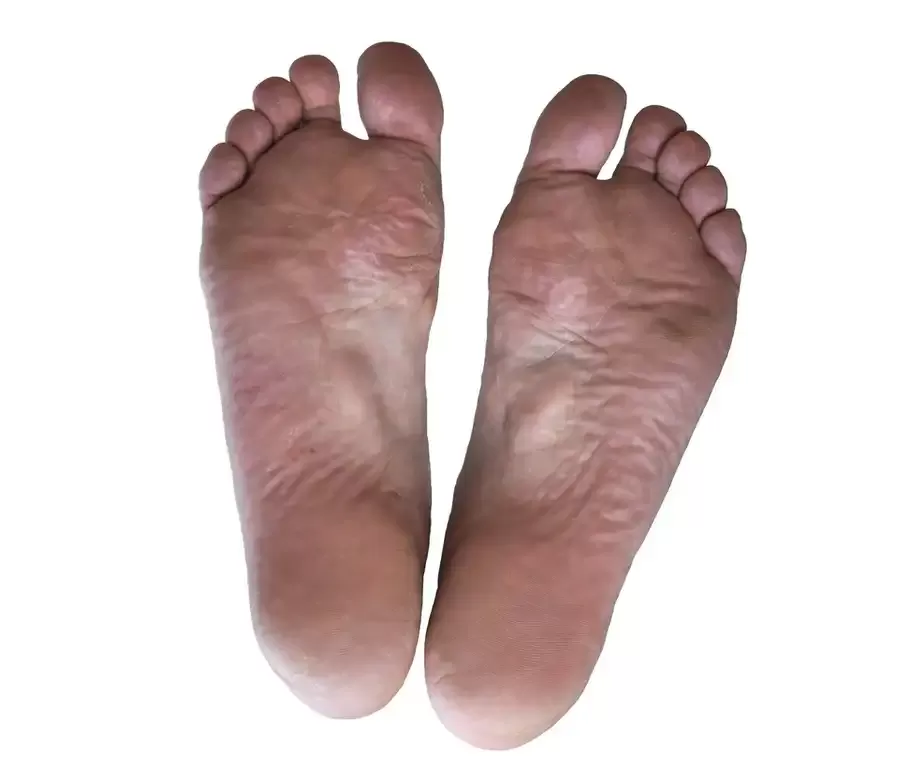Advancements in Treating Ledderhose Syndrome: Insights and Approaches
Ledderhose syndrome, or plantar fibromatosis, presents a significant clinical challenge due to its progressive nature and the debilitating impact it can have on patients' quality of life. Characterized by the formation of fibrous nodules within the plantar fascia, this condition can cause significant pain and functional disability, particularly as the nodules grow and become more intrusive. While various conservative and surgical treatments have been explored, recent advancements in extracorporeal shock wave therapy (ESWT) offer promising outcomes, particularly with the innovative techniques employed at the London Shock Wave and Sports Injury Clinic.
BTL-Focused Extracorporeal Shock Wave Therapy: A Cutting-Edge Solution
At the London Shock Wave and Sports Injury Clinic, we specialize in BTL-focused ESWT, which has demonstrated remarkable efficacy in treating Ledderhose syndrome. This advanced technology stands out due to its larger spot size, which enables more effective targeting of fibrous tissue, ensuring a more comprehensive treatment of the affected area. Moreover, the painless nature of BTL-focused therapy makes it an ideal option for patients who may be apprehensive about discomfort during treatment.
A study featured in Life (2024) further supports the effectiveness of ESWT in managing Ledderhose syndrome. The study reported on a novel ESWT protocol that successfully treated a bilateral case of Ledderhose disease. The study demonstrated a significant reduction in pain and improved functional outcomes, highlighting the potential of ESWT to alter the fibrous tissue structure within the nodules, thereby providing long-term relief and improving patients' quality of Life.

LifeSupporting Evidence from the Literature
A comprehensive review published in Foot and Ankle Surgery (2024), "Soleful Solutions: Advancements in Treatment Strategies for Ledderhose Disease," provides further insights into the treatment of Ledderhose syndrome. This review explores various treatment modalities, emphasizing the importance of conservative approaches before considering surgical intervention.
Non-Surgical Treatments
The review outlines several non-surgical options, including radiotherapy, collagenase injections, tamoxifen, verapamil, and ESWT. Radiotherapy, for example, has shown promise in reducing pain and slowing disease progression, with studies indicating significant improvements in patient outcomes following treatment. However, potential long-term side effects, such as skin dryness and erythema, must be carefully weighed against the benefits.
Collagenase injections, successfully used to treat Dupuytren's contracture, have also shown potential in managing Ledderhose disease, mainly when applied before surgical intervention. However, their efficacy may be limited in cases where significant scar tissue is present due to previous treatments.

ESWT: A Focused Approach
The review provides strong evidence supporting high-energy-focused ESWT for Ledderhose disease. Studies have shown that ESWT can significantly reduce pain and soften fibrous nodules, with minimal adverse effects reported. Notably, Hwang et al. (2024) demonstrated the long-term benefits of ESWT in improving pain relief and functional outcomes, even though changes in nodule size were only sometimes significant. This suggests ESWT may be more effective in altering the tissue structure and relieving symptoms rather than shrinking the nodules.
Surgical Interventions and Recurrence Rates
When conservative treatments fail, surgical intervention may be necessary, particularly in cases where the disease is aggressive or causes severe functional impairment. However, surgery is associated with high recurrence rates, varying depending on the surgical method used. For instance, local excision has the highest recurrence rates, while wide excision and total plantar fasciectomy show lower, but still significant, recurrence rates.
Interestingly, the review highlights the potential role of adjuvant radiotherapy in reducing recurrence rates following surgery. While this approach has shown promise, the risks associated with radiation, such as impaired wound healing and radiation-induced malignancy, must be carefully considered.

Conclusion: Tailoring Treatment to Patient Needs
Managing Ledderhose syndrome requires a tailored approach that considers the severity of the disease, the presence of symptoms, and the patient's overall health and preferences. With advancements in treatment options such as BTL-focused ESWT, patients can now access more effective and less invasive solutions that can significantly improve their quality of life.
Lifehe London Shock Wave and Sports Injury Clinic, our commitment to utilizing cutting-edge technology, supported by robust clinical evidence, ensures that our patients receive the best care for managing Ledderhose syndrome. As research continues to evolve, we remain dedicated to integrating new insights and techniques into our practice, helping our patients achieve lasting relief and improved functionality.
For those experiencing the symptoms of Ledderhose syndrome, our clinic offers a comprehensive evaluation and a personalized treatment plan designed to address your specific needs and restore your mobility and comfort.
Request a call back to learn more
If you're coping with painful Epicondylitis think shock wave therapy could help, we'd love to help. Request a call back now to find out if this effective treatment could be suitable for you.